Bishnupur, in the Bankura district of West Bengal
If anyone prefer for a temple tour within Bengal, Bishnupur is an ideal place. One of the Malla kings, Jagat Malla, is said to have built a temple of goddess Mrinmoyee and shifted the capital of Mallabhum here in 995. The Malla kingdom became a hub of the Vaishnab culture once the 49th Malla king, Bir Hambir (1586-1621), became a disciple of guru Srinivas Acharya. His descendants constructed many more temples in and around Bishnupur.
The tour starts at the Rasmancha. Built around 1600 by Bir Hambir, this is where idols used to be displayed in public during the Ras festival. The next stop is the ekratna Madanmohan temple with a dochala gate and a boundary wall. Built in 1694 by king Durjan Singh, it has the idol of Madanmohan, an incarnation of Bishnu. The terracotta works on its walls are very attractive.
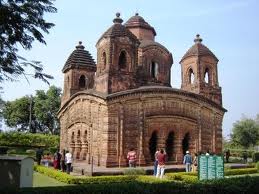 A small chariot made of laterite stone is stationed near the entrance of BishnupurRoyalPalace. Inside it is the Laljiu temple, built in 1658. King Bir Singha had built the temple, which features ornamental stucco decoration on low-relief carvings. The Radheshyam temple, built in 1758, has two dome-like structures with windows. It was constructed by king Chaitanya Singh. Among the artworks on its wall, Vishnu in Anantashayan posture is a must watch. Opposite Radheshyam temple is the oldest temple of Bishnupur, of goddess Mrinmoyee. The idol is regularly worshipped here. The ruins of the Rajbari are nearby.
A small chariot made of laterite stone is stationed near the entrance of BishnupurRoyalPalace. Inside it is the Laljiu temple, built in 1658. King Bir Singha had built the temple, which features ornamental stucco decoration on low-relief carvings. The Radheshyam temple, built in 1758, has two dome-like structures with windows. It was constructed by king Chaitanya Singh. Among the artworks on its wall, Vishnu in Anantashayan posture is a must watch. Opposite Radheshyam temple is the oldest temple of Bishnupur, of goddess Mrinmoyee. The idol is regularly worshipped here. The ruins of the Rajbari are nearby.
The Jor Bangla alias Kesto Rai temple is one of the primary attractions of the tourist. It has a charchala sikhar,under which there are two joined dochala structures. One acts as a porch and the other as a shrine. The terracotta works on the walls depict scenes from the Ramayana and Mahabharata.
The pancharatna Shyam Rai temple is a five-minute rickshaw ride away from the palace. There comes a square structure on the way, locally known as Gumghar (torture chamber). The Shyam Rai temple has a lot of terracotta artwork on its walls. Both Jor Bangla and the Shyam Rai temples were built by Malla king Raghunath Singh.
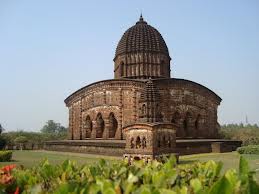 Acharya Yogesh Chandra Purakirti Bhawan, the local museum is also another tourist spot. Near to the museum is Lalbandh, one of the seven bandhs (tanks) built by the Malla kings. Lalbandh got its name from Lalbai, the paramour of king Raghunath Singh II. Adjacent to it is the temple of Devi Sarbamangala.
Acharya Yogesh Chandra Purakirti Bhawan, the local museum is also another tourist spot. Near to the museum is Lalbandh, one of the seven bandhs (tanks) built by the Malla kings. Lalbandh got its name from Lalbai, the paramour of king Raghunath Singh II. Adjacent to it is the temple of Devi Sarbamangala.
Dalmadal cannon a great royal cannon which bears the history of royal Bishnupur is also another visiting place. According to folklore, when the Maratha Bargis had attacked Bishnupur in 1742, lord Madanmohan himself fired the cannon to drive out the invaders.
The modern temple of the headless goddess, Chinnamasta, also attracts the tourists . A road from the temple leads to a cluster of seven ekratna temples built with laterite stones. Once upon a time, their walls were covered with stucco.
The first of the temples was built in the 17th century. The Nandalal temple has almost no decoration. Opposite to that are three temples, collectively known as Jor Mandir, established in 1726. The central temple depicts scenes from Mahabharata and lord Krishna’s life on its walls. Down the road is the Radhamadhab temple that has a dochala mandap with 10 columns.
The oldest structure in the cluster, the Kalachand temple, was built by raja Raghunath Singh in 1656. Another temple the Radhagovinda temple, with a small terracotta chariot was established in 1729,.
Baluchuri saris and terracotta souvenirs in the local shops must be kept for collection by every tourists .
How to go?
The Purulia Express and the Rupasi Bangla Express are the two options from Howrah station. A drive to Bishnupur will take about five hours.
Where to stay?
There are several hotels, including a lodge run by the West Bengal tourism department.
West Bengal Tourism Development Corporation Ltd.
www.westbengaltourism.gov.in
3/2, B.B.D. Bag (East), Kolkata – 700 001
Phone : (033)22436440, 22488271

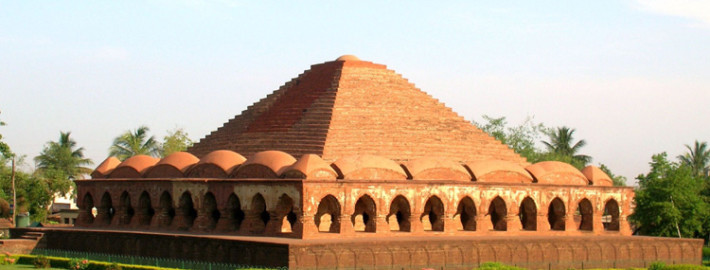
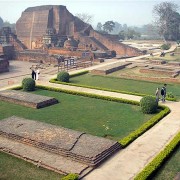
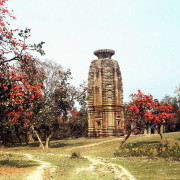
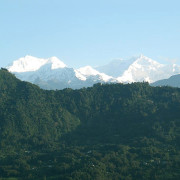
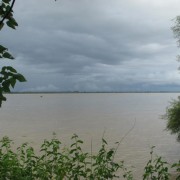
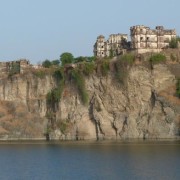
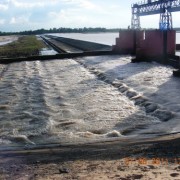
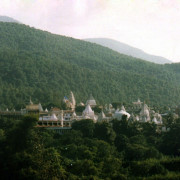
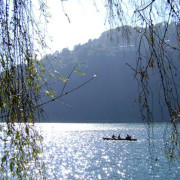


Leave a Reply
Want to join the discussion?Feel free to contribute!